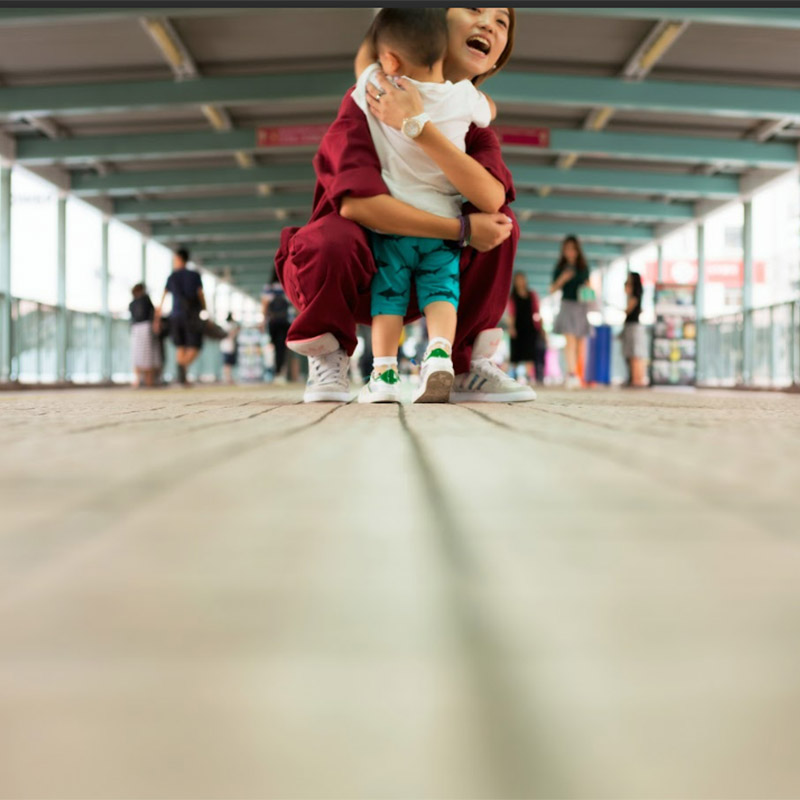
5 ways you may be stressing out your pets, and how to avoid them.
We see it all the time. Cats and dogs wearing human clothes, being carried in handbags and baby buggies, even eating human food. It looks cute and has made for many a popular Instagram post and TikTok video. Now, perhaps having been influenced by such social media posts, you might be thinking of trying the same things with your pets.
But ask yourself, should you?
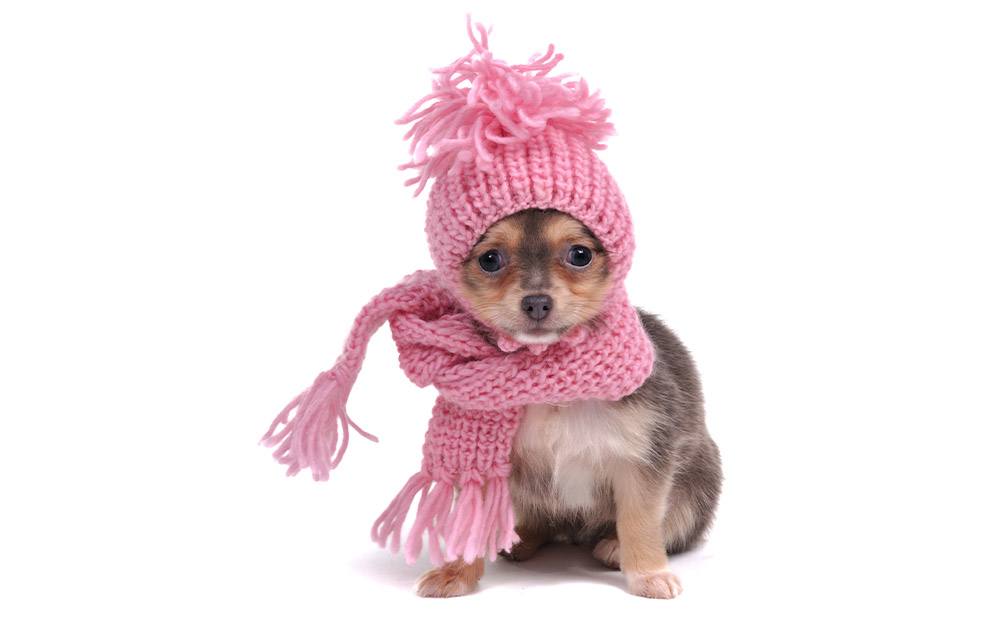
There is a tendency for humans to treat our pets more like playthings, accessories or even surrogate children. In doing so, we tend to forget that they are actually living, thinking beings whose needs for a happy and healthy life can differ greatly from our own. What seems harmless to us can actually be very distressing for a different species with very different needs and wants to us.
Unfortunately, many aren’t aware of the harmful effects these types of treatments can have on their pets. Nor can they recognise the stress signals animals give off to show their discomfort with them. As a result, even well-meaning owners can end up unintentionally subjecting their pets to negative life experiences, sometimes with tragic consequences.
WELL, to help you be a responsible owner to your pets, here are 5 things you should think twice about doing with them.
Dressing Pets in Clothes
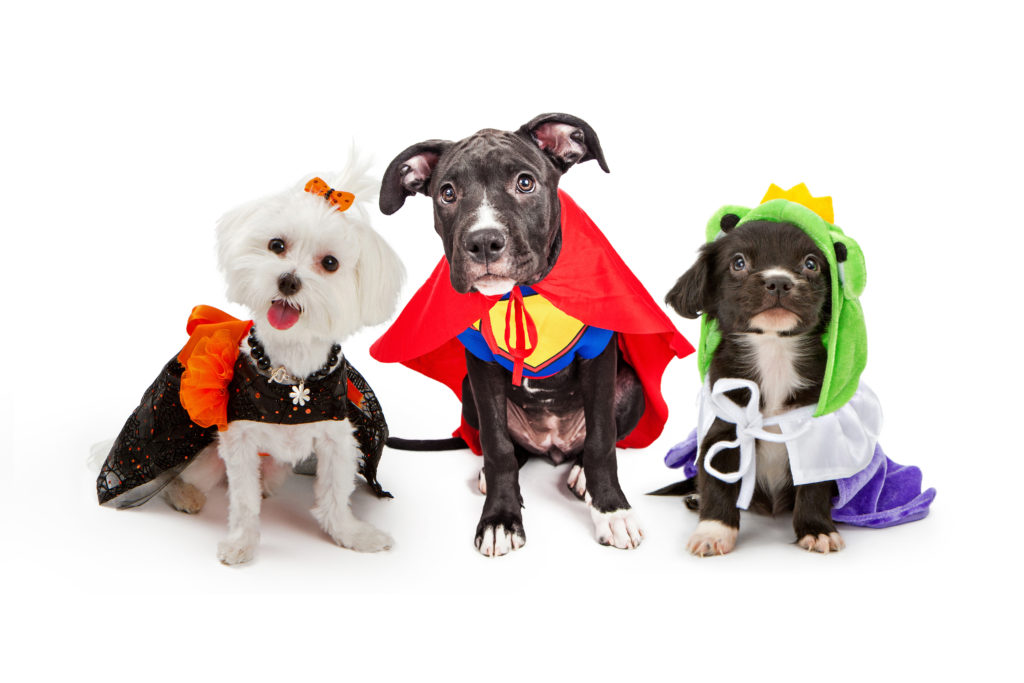
Of all the ways of ‘humanising’ animals, this is easily one of the most common. The internet is full of animals wearing clothes and costumes ranging from the simple to the outright ridiculous, particularly around Halloween or Christmas. In fact, some pet shops even stock outfits for cats and dogs meant specifically to make them look ‘funny’.
But while a pet specific (and vet approved) winter coat might be good for dogs that are old, have short or no hair or have a special medical need for warmth, in most cases, wearing clothes is not so beneficial for animals. It can prevent their natural grooming behaviours and interrupt their body temperature regulation, causing them to overheat. Some costumes can also restrict their movements or even choke them if they get caught on something. Moreover, because dogs rely so much on body language to communicate, clothes that cover their ears, tails or eyes can prevent them from conveying their emotions to their owners and to other dogs.
Going to Dog Parks
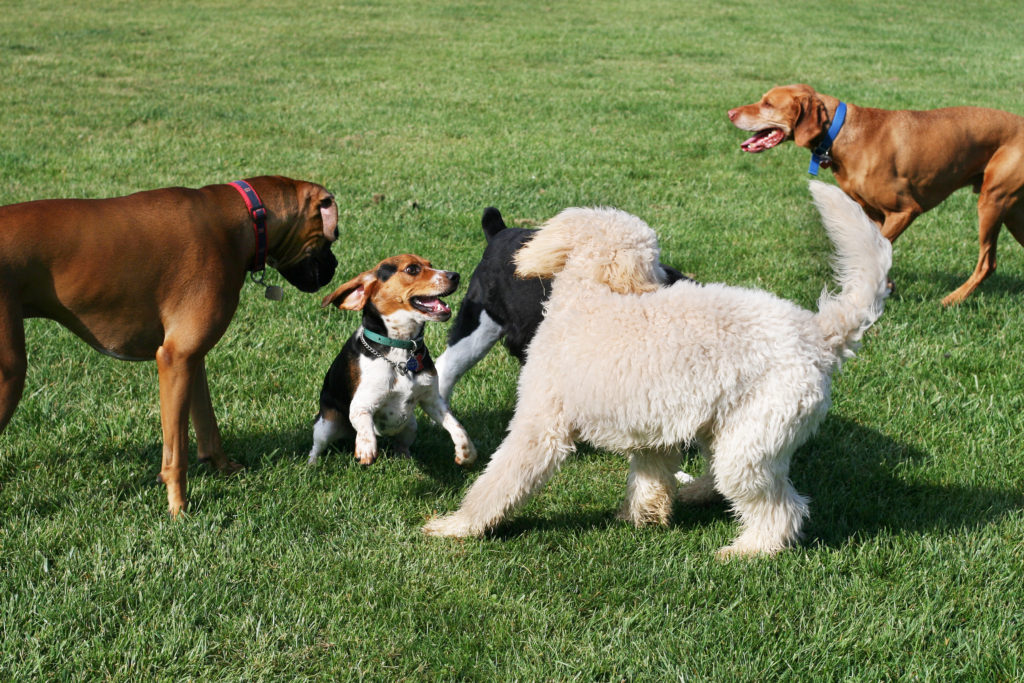
You might not think that a place meant for dogs to walk and socialise in would be stressful for them. And for some, it’s not. But like humans, different dogs have different temperaments, and when you put them all together unleashed and often unsupervised (as many owners do in dog parks), all too often it leads to fights, stress and trauma.
Before taking your dog to a dog park, you should first consider the condition of both your dog and the park. Dogs that are anxious, aggressive towards other dogs, or generally aren’t overly sociable will of course be more stressed, which could result in defensive behaviours that may lead to fights. It’s also worth observing the behaviours of the other dogs in a dog park before entering to identify potential conflicts with your own dog beforehand, as well as if the park itself is big enough for your dog to avoid trouble if need be. If you do decide to take your chances, observe your dog’s behaviour continuously to check that they are showing no signs of discomfort or aggression. If in doubt, depart!
Bubble Backpacks
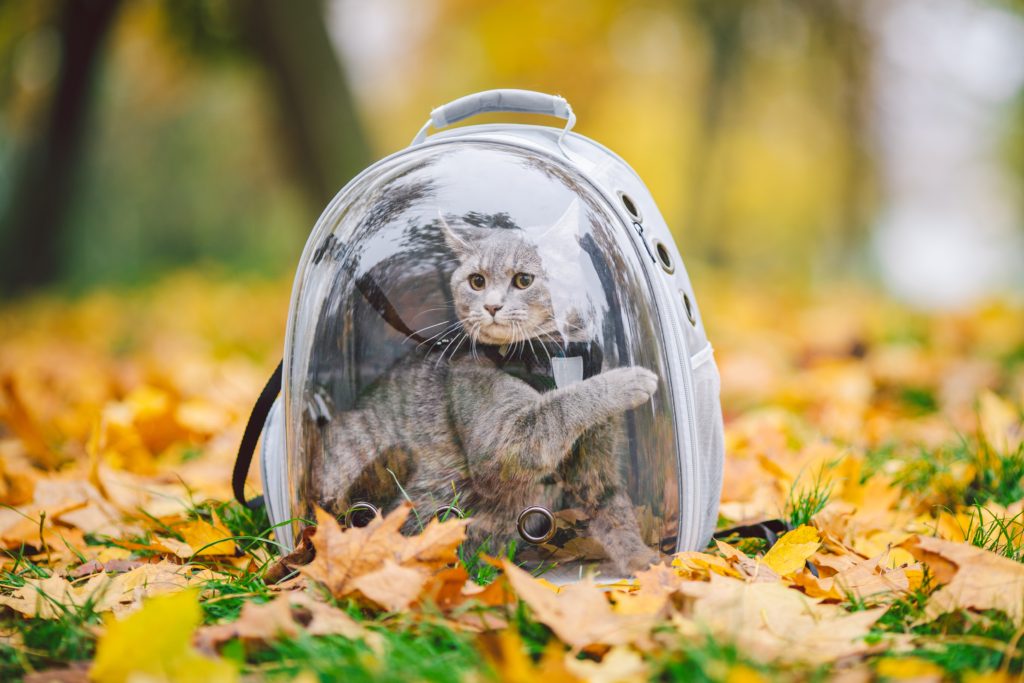
Some pet owners like to take their cats and other small animals on a walk too. And recently, an increasingly trendy way of taking these typically walk-averse animals out is in a bubble backpack: a plastic backpack that a cat or other small animal can sit inside and look out of while their owner carries them around.
But while you might enjoy taking your pet out in one of these bags, they very much do not. Cats like to have places to hide and feel secure, and a cramped, see-through bubble backpack offers none of that. Moreover, cats are most relaxed when they are able to lie down or curl up, but in a bubble backpack, they only have enough space to sit up. Additionally, being made of plastic, bubble backpacks trap heat very well, and the ventilation holes are often too small to allow it to escape or for adequate ventilation, especially in the hot, humid climate of Hong Kong. This has led to several tragic cases of animals overheating or suffocating inside them.
Inappropriate Collars
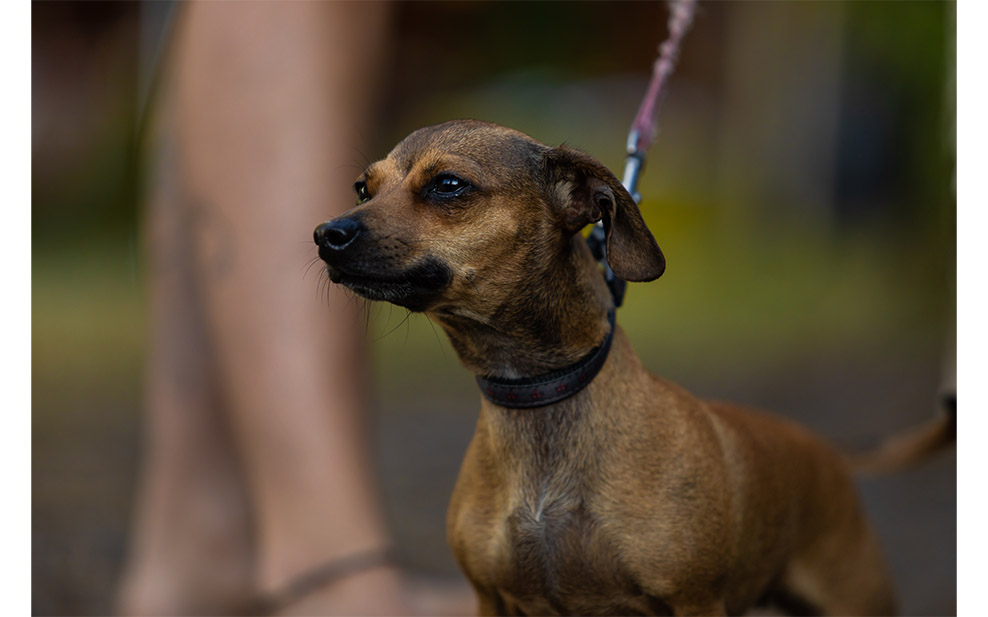
Every dog needs a collar, but what type of collar they need is a slightly different matter. Collars are not one-size-fits-all and what works for one dog may not be comfortable or even safe for another. Some small breeds, for instance, have such delicate necks that a standard collar could strangle them, particularly if you or they pull on the leash during walks. Collars that are too tight around a dog’s neck can also cause eye and ear problems, as well as trauma to the thyroid gland. But too loose, and a dog could break free from its owner and run off where it’s not safe for it, like into a busy road.
To check the suitability of your dog’s collar, slip one finger (for a small dog) or two (for a large one) between its skin and the collar. If you can do so without too much difficulty, then it should be a good fit. Harnesses can also be another good option, for all breeds and sizes, depending on your dog’s behaviour. Most importantly, it needs to be a good fit and should not restrict a dog’s natural movement, so be sure that the harness you choose is the right size and style for your dog.
Feeding Pets Human Food
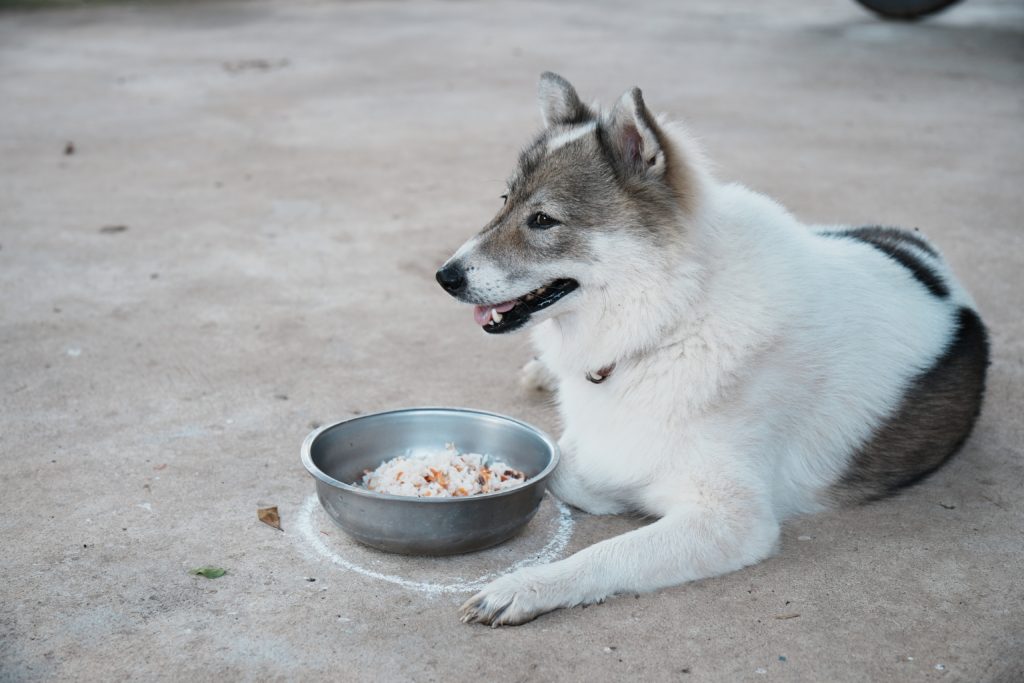
Tempting though it may be to slip your pet that potato chip, scoop of ice cream or (as is common in Hong Kong) bowl of rice, you’re actually not doing it any favours. Animals’ digestive systems are quite different to ours and a lot of human food can be too rich and fatty for them to cope with, which can lead to diarrhea, vomiting and even pancreatitis. Some foods, like onions, chocolate, macadamia nuts and many processed foods also contain chemicals and sweeteners that are toxic to animals.
Even if your pet doesn’t immediately become sick from eating human food, giving them unhealthy or excess food can still result in obesity, which today is one of the most common preventable diseases in pets, afflicting over 50% of dogs in North America alone. As in humans, this can lead to heart disease, diabetes, high blood pressure and cancer, among other problems. If you prefer to feed your dog a human food based diet, please do your research and consult with your veterinarian on what is required for a species appropriate and nutritionally balanced home cooked diet.
Signs of Stress
As animals don’t emote or communicate in the same ways as humans, it is often difficult for many people to recognise it when they are stressed. Therefore, when doing anything with your pet, it is important to know what the signs of stress are to be sure you aren’t inadvertently harming them.

In dogs, yawning, holding their ears back and repeated lip licking are signs of discomfort with a situation. A stressed dog may also avoid eye contact, lie down stiffly on its back, or adopt a tense body posture with its head lowered. Confusingly, while a tail tucked between a dog’s legs is a more commonly recognised stress signal, stiff upright tail wagging (which we may often mistake for a happy dog) can also indicate unsure alertness or a fear response.
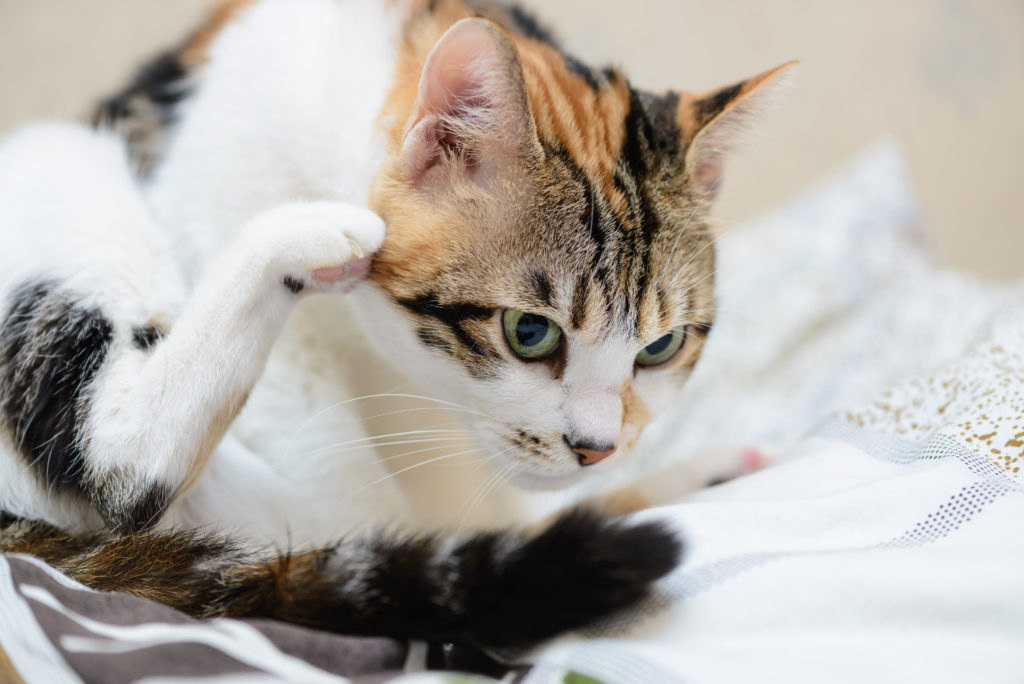
Cats are a little more obvious in conveying distress. A stressed cat may lick or scratch itself a lot more than usual, or vocalise more than usual. They may also become more agitated towards people (including their owners) or other animals.
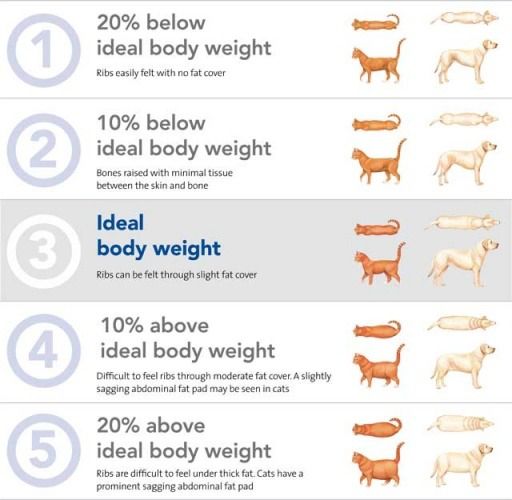
In the case of obesity (which many owners fail to recognise in their pets), one can check if their pet is overweight by whether or not their waist is visible from above, and whether it or the ribs can be felt without excess fat covering them. A dog that is at a healthy weight should also have its belly tucked up when viewed from the side.
If we share our home with companion animals we should, as part of our responsibility to care for them as best we can, familiarise ourselves with common body language and behaviour to recognise when we’re not fulfilling that responsibility. In this way, we can avoid the things that stress our pets out, and help to build and share a healthy bond with them.
Written exclusively for WELL, Magazine Asia by Thomas Gomersall

Thank you for reading this article from WELL, Magazine Asia. #LifeUnfiltered.
Connect with us on social media for daily news, competitions, and more.

